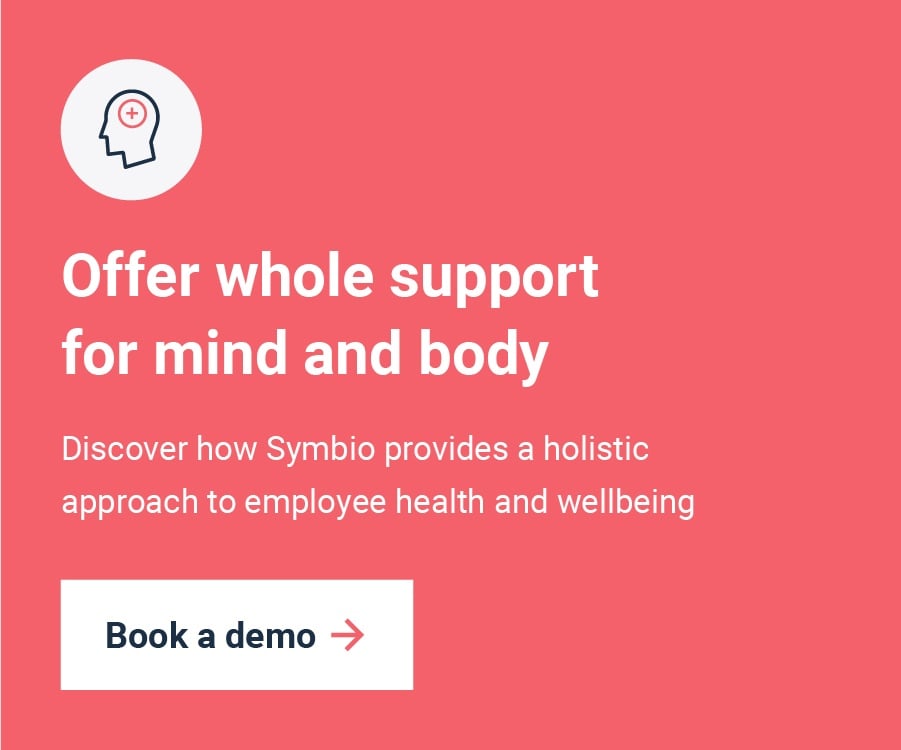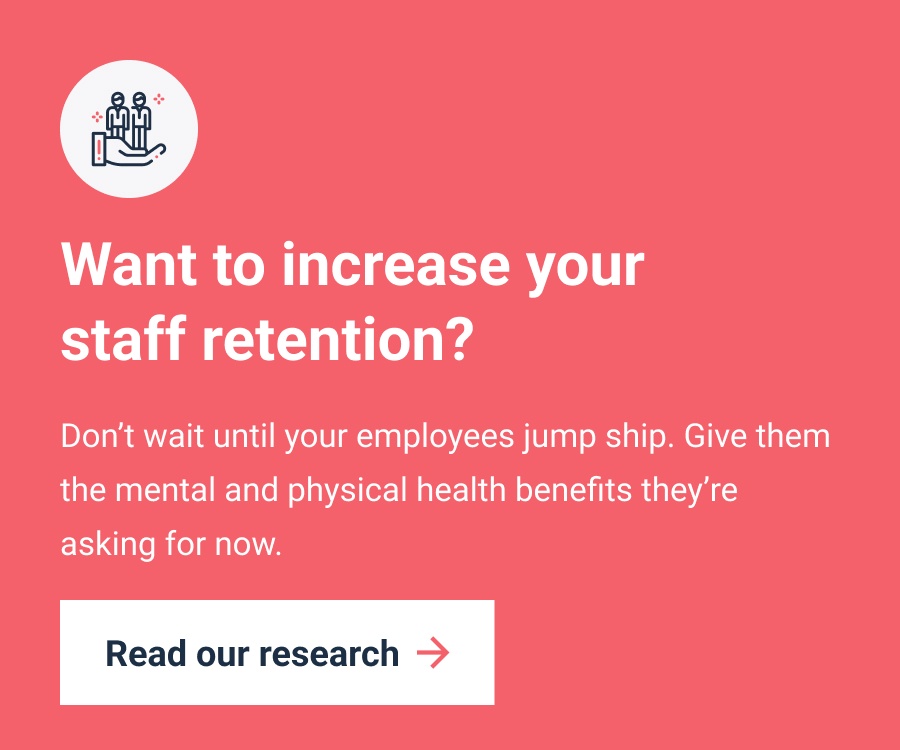‘There is no requirement for a trans person to have any kind of medical supervision or intervention, nor to have a Gender Recognition Certificate, in order to be protected . . .’ - Equality Act of 2010
Transitioning can mean different things to different people. Some people choose to undergo surgery or hormone treatment. Some obtain a Gender Recognition Certificate (GRC). And others ask their friends, family, and colleagues to use different pronouns.
This means transitioning people should be able to:
- Access the services that fit their identity
- Use the bathroom and facilities that fit their gender
- Tell their employer about their gender identity, without fear of discrimination
But the current reality paints a very different picture. Consider these statistics:
- Eighteen percent of transgender employees feel psychologically unsafe in the workplace.
- Fifty-five percent disclosed experiencing workplace harassment or conflict.
- Forty-two percent of people not living in their preferred gender role believe transitioning will threaten their employment status.
- Twelve percent of trans workers experienced physical attacks from colleagues or customers.
This is why a transitioning at work policy is so crucial. But before we dig into what it should include, let’s take a look at some challenges it can address.
First: Address these 4 challenges
On any given day, trans and non-binary employees may face challenges that impact their wellbeing. Show your support for them by doing the following:
- Combat ignorance: Provide training for your employees so everyone knows what terminology is and isn’t acceptable, and how they can support their transitioning colleagues. They also need to know how to challenge discriminatory behaviour and transphobia in the workplace when someone disregards the training, and the official measures they can take to escalate the situation.
-
Affirm their identity: If your transitioning employees open up about their gender identity, it’s important to follow their lead.
- If they’ve chosen a new name, be sure to use it.
- Use their preferred pronouns.
- Update documents, such as name tags and employee passes, in line with their gender identity.
- Access to facilities: The use of toilets and changing rooms is a common issue for trans and non-binary employees. Assure them they can use the facilities matching their identity, and show zero tolerance for any discriminatory behaviour towards them doing so. You could also choose to make some toilets unisex.
-
Provide wellbeing support. Trans employees who do choose to take hormones might have to stop taking them for health reasons, or if they undergo surgery. As such, they can experience menopause-like symptoms, which can affect them both physically and mentally. Make sure they know how to access support to counselling and clinical specialists. And provide them with useful resources specific to their needs.

Why you need a transitioning at work policy
A transitioning at work policy includes procedures tailored to the needs of employees in the process of gender transition. Its aim is to provide support to these employees and create a more inclusive environment for current and future employees who are not yet ready to disclose their gender identity.
Here are some tips for creating a transitioning at work policy:
- Use current terminology. Some organisations use the Equality Act of 2010 as their basis, which uses outdated language. Use the terms ‘trans’, ‘transgender’ and ‘gender identity’, as well as ‘transitioning’.
- Get feedback. Do you have employees with experience in transitioning? Ask for their input on your policy. If you don’t, consider contacting an LGBTQ+ organisation. Stonewall, for instance, can provide workplace diversity support.
- Be flexible. Don’t assume the employee will seek medical treatment, or obtain a GRC. While the policy should provide structure, you should still be able to adapt it to the individual.
Now that we’ve covered the basics, let’s address what the policy should include.
The purpose of the policy
This should outline what you hope to achieve with your policy—namely, being able to support your transitioning staff.
A breakdown of staff responsibilities
Define what you expect from the employee, as well as their managers. This section should provide links to guidance, including manager guidelines and FAQs.
Entitlements and considerations
Outline what assistance you can offer to a transitioning employee. This could cover:
- Data protection
- Work permits
- National insurance
- Pensions
- Professional registration
- References
- DBS checks
- Updating records
- Facilities
- Time off for medical intervention
- Dress code
- Mental health support programmes
- Access to medical practitioners
Transitioning overview
This should include key milestones of the employee’s transition in the workplace, not of their transition in general. An example of this could be when to change their name and/ or pronouns in the system.
Overview of legislation
Here, you should link to legislation such as the Equality Act of 2010 and the Gender Recognition Act of 2004. You should also acknowledge that laws protecting trans rights are currently insufficient, with outdated and often offensive terminology.
What else can you do for your transitioning employees?
Around one percent of people in the UK identify as trans or non-binary. To make your business an inclusive and welcoming environment for these people, you need a transitioning at work policy. It will give clear procedures to follow, and an overview of the assistance transitioning employees can expect from you. It will also allow you to state your official support, which can go some way in assuring them that they remain valued employees.
Beyond this, make sure your gender-non-conforming employees can talk about their experiences. Ask their managers to check in with them, and don’t ignore issues that could impact their physical or mental health.
To go the extra mile, give them access to professional support, even outside office hours.
Symbio is a holistic health and wellbeing solution that provides links to counselling services and helplines as well as access to medical specialists. And, it will provide your trans and non-binary employees with clinically validated, personalised content specific to their experience, to better help them on their journey.


-1.jpg?width=800&height=450&name=image%20(19)-1.jpg)

-1-1.jpg?width=800&height=450&name=image%20(24)-1-1.jpg)
